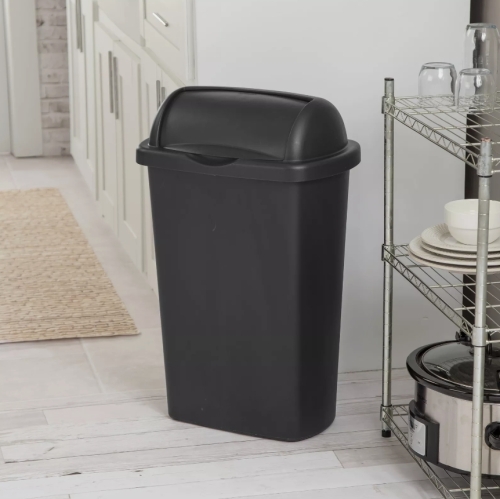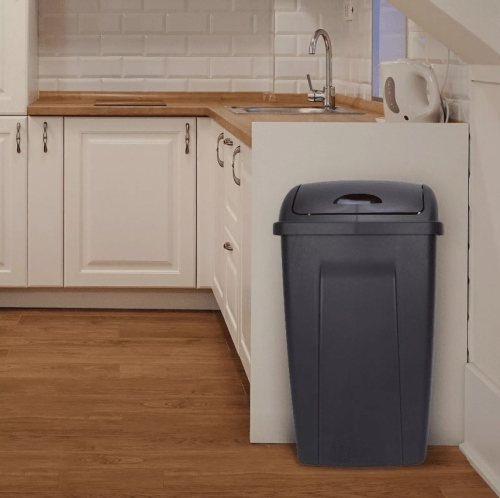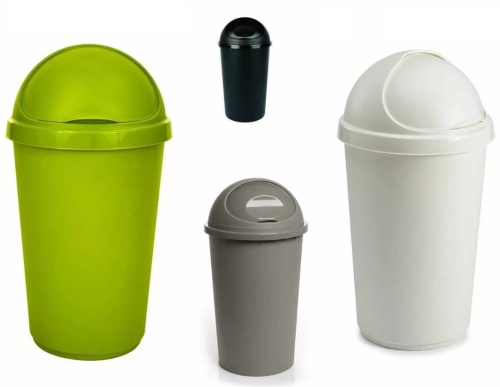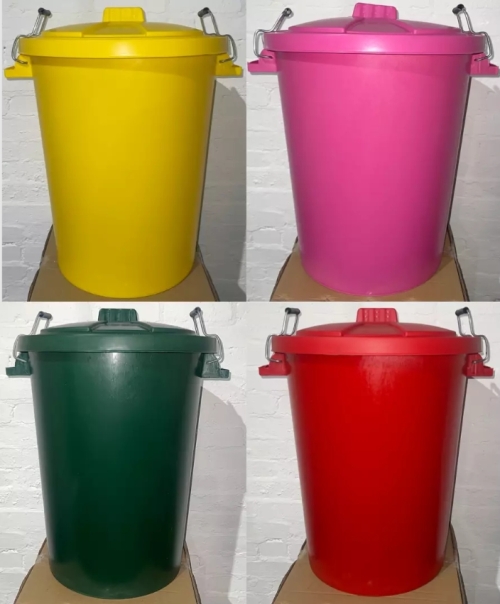In modern society, garbage cans have become an indispensable part of our daily life. It is not only a container, but also a symbol of environmental awareness and social civilization. The ubiquitous trash can provides us with a convenient way to dispose of the daily waste and help us develop good garbage sorting habits.
The design and layout of trash cans are also constantly being improved. Nowadays, garbage bins in many places are divided into different categories, such as recyclables, food waste, hazardous waste and other garbage. This classification not only makes it more convenient for people to dump waste, but also raises the public's environmental awareness in a subtle way. In this way, the recycling and reuse of waste becomes more efficient, reducing the consumption of natural resources, while also reducing the burden on landfills.
However, the use of garbage cans does not only rely on the rationality of its design, but also needs the cooperation and participation of the public. Although the trash can provides us with the convenience of throwing garbage, there are still many people who will discard garbage at will, or mix different types of garbage. Such behavior not only affects the sanitary environment of the city, but also makes the effect of classification and recycling greatly reduced. Therefore, it is particularly important to enhance the public's awareness of environmental protection, so that everyone can consciously abide by the rules of garbage disposal.
In addition, the cleaning and maintenance of garbage cans are equally important. With the increase of the frequency of use, the garbage can often give off odor because of the accumulation of garbage, and even breed bacteria. Therefore, regular cleaning and maintenance of garbage cans is not only a necessary measure to ensure urban environmental health, but also an important part of maintaining public health.

















